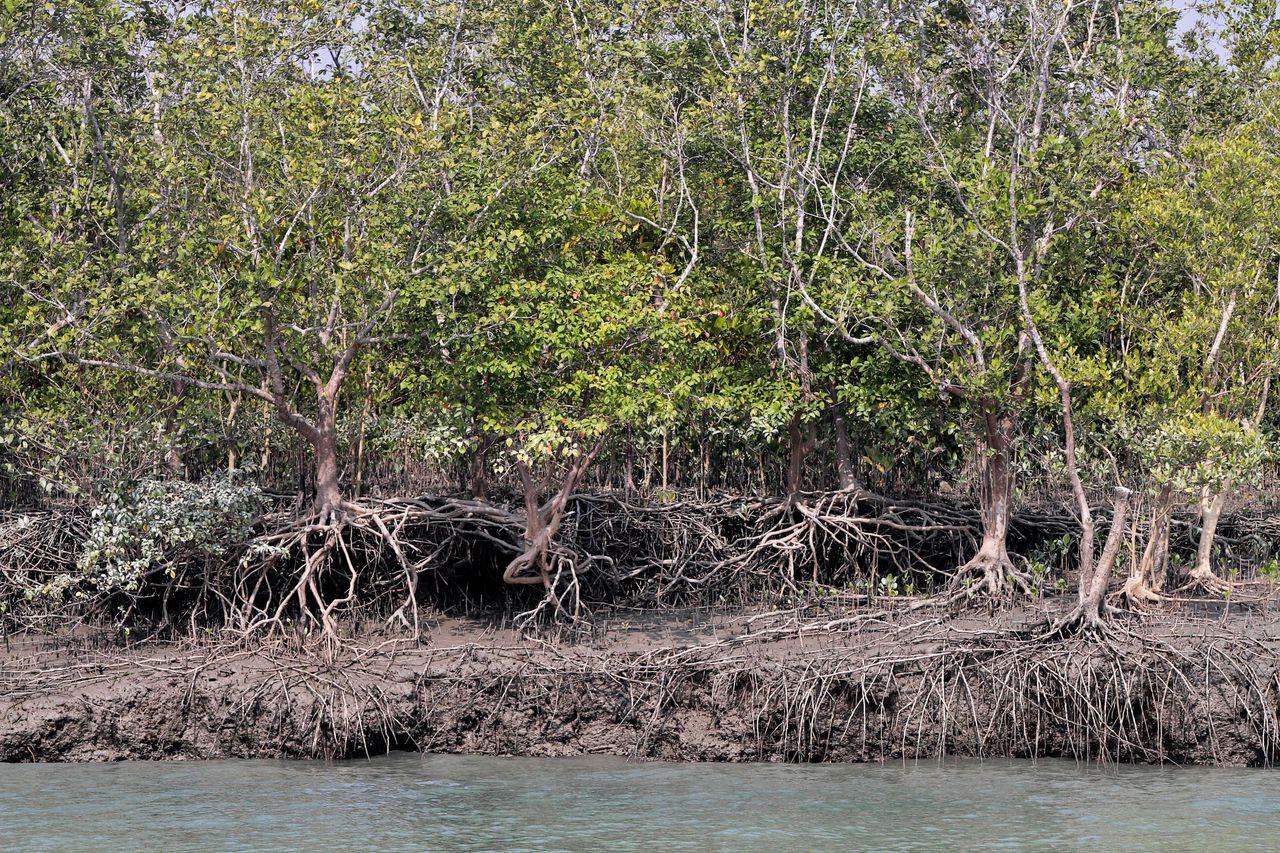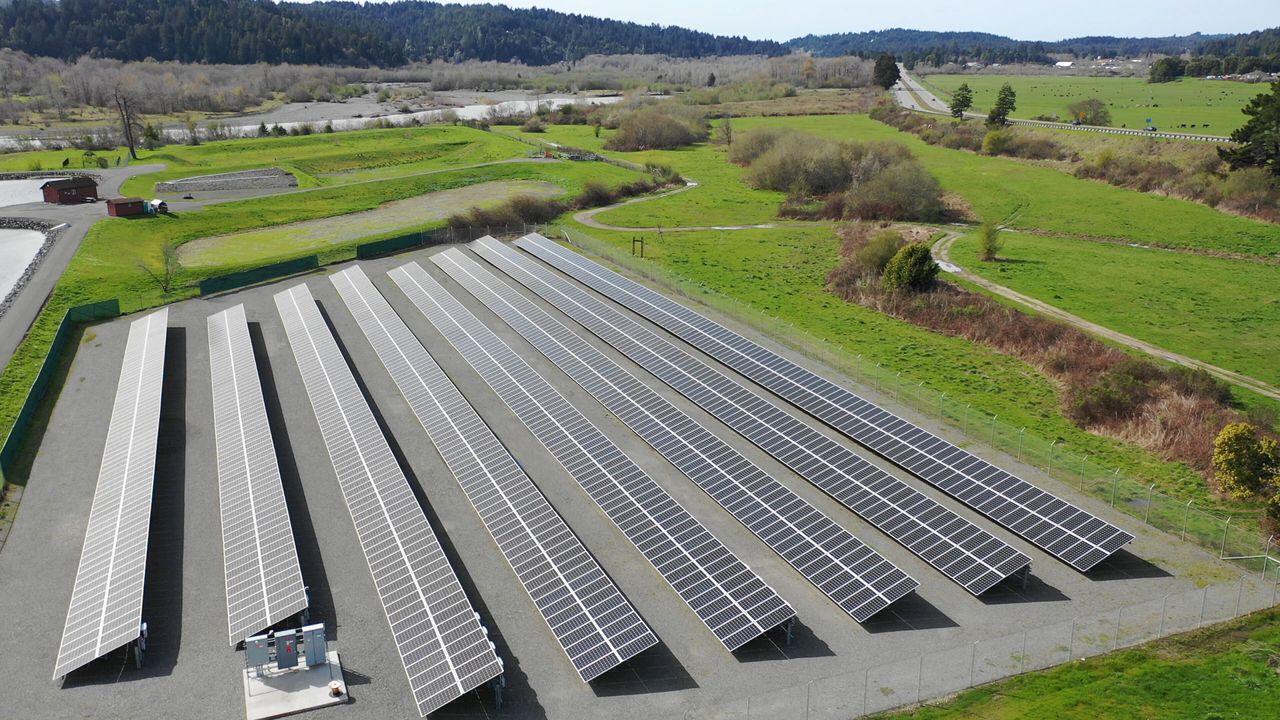In the early afternoon of May 20, Cyclone Amphan made landfall in the Bay of Bengal, fueled by the abnormally warm waters of the North Indian Ocean. It was the strongest cyclone recorded in the region this century.
It killed more than 100 people and displaced hundreds of thousands from the villages dotting the coast and the surrounding rural areas. The disaster was made more devastating by the coronavirus pandemic because many in Amphan’s path were afraid to leave their homes for fear of getting infected.
The first land area to feel the brunt of the storm was the Sundarbans, which covers parts of southern Bangladesh and eastern India, just over 60 miles from the Indian city of Kolkata. The Sundarbans ― meaning beautiful forest in Bengali ― is a large river delta, thick with tropical vegetation and a maze of streams racing toward the sea, which turn the land into a jigsaw of islands. Spanning 4,000 square miles, the region constitutes the world’s largest mangrove forest and is home to around 4.5 million people.
The cyclone swept through the forest, razing mud homes to the ground and destroying the power lines that deliver electricity and cellphone signal to the villages, making it harder for those who live there to seek help, report their situations, get medical treatment and reconnect with family members feared lost during the storm. Some areas were still in darkness weeks after the cyclone hit.
But amid the devastation, one community avoided the blackout, thanks to a cluster of seven solar microgrids powering around 700 homes on India’s Satjelia and Kumirmari islands, nestled near the edge of the forest.

The cluster of microgrids was installed as part of a project spearheaded by the World Wide Fund for Nature India (WWF India) in 2016. The international nonprofit teamed up with corporate partners who funded the project, including the Bank of America, the Schneider Electric India Foundation and H&M.
Typically, a microgrid connects a small energy system ― for example, a solar panel equipped with a lead-acid battery ― to a local distribution network, so the energy doesn’t need to travel long distances through lines and poles. Microgrids have multiple advantages: Not only do they provide clean energy ― and, in this area, help break the dependence many communities have on kerosene to light their homes, which causes dangerous levels of air pollution ― but they also provide a more resilient energy supply, which local people have more control over.
“After the installation of solar microgrids, we stopped using kerosene for lighting,” said community leader Prakriti Gharami, who oversees the management of the solar plants since WWF India passed ownership on to the community. “With solar energy, we can keep our homes lit, use fans, watch TV and charge phones.”
They can power services beyond lights and fans, too. “Some of the communities in the Sundarbans wanted their transportation rickshaws to be powered by solar batteries, which we managed to do,” said Ravi Singh, CEO of WWF India. “Now solar-powered rickshaws move goods, vegetables, food, from homes and fields to the local markets.”
Microgrids first came to the Sundarbans in 1996 as part of a pioneering effort, led by the Indian government, to decentralize energy in the region. The idea was to bring safe and affordable electricity to remote communities that were not connected to regional power networks.
The project, which featured a mix of solar, wind and biogas energy, was among the first in the world to prove the potential of these systems. The limited government funds made available for the scheme were spent smartly, said Debajit Palit, a director with The Energy and Resources Institute, a Delhi-based organization that has done extensive field research on the Sundarbans microgrids. On average, those first microgrids had a capacity of about 100 kilowatts, enough to provide electricity to a village market and the surrounding homes. “They were working really well,” he said.
But around 2013, the region started to get connected to the centralized grid, which was better subsidized and more in line with the government policies at the time, Palit said. The microgrids slowly lost their funding. Their battery packs were not properly maintained or replaced after years of use, and they were eventually abandoned.
At the time, local administrators felt the main grid would serve people better by providing more energy. But they failed to account for the fundamental weaknesses of this system in disaster-prone areas: Conventional energy is not reliable when extreme weather strikes.
Amphan made this devastatingly clear. During the cyclone, hundreds of electricity poles were uprooted and wires snapped. It takes somewhere between two weeks and a month to get them up and running again because specialized operators have to be sent from the nearest city and the roads may be impassable for a while, Palit said. Some of the most remote areas still do not have power, more than a month after Amphan hit. During this time, people can’t seek outside help, speak to loved ones or get needed medical care.
“But where you have a microgrid,” Palit said, “you can repair it in a matter of hours, because it’s a smaller area, and you will likely have technicians on site,” given that most microgrids are managed by the local community. Small-scale solar is also less likely to break down during a storm because the panels lie closer to the ground.
These were among the reasons that WWF India wanted to revive microgrids in the Sundarbans after years of neglect. And the newer project is paying off.
Gharami’s community managed to avoid a blackout. “Our Village Energy Committee repaired the solar grids immediately,” she said. All seven of the microgrids in the area were up and running within days.

The potential of decentralized energy to give communities around the world a similar layer of resilience in the face of climate change is gaining attention.
In northwest California, just five miles inland from the Pacific Ocean, the Blue Lake Rancheria, a federally recognized Native American tribe, has put solar microgrids at the core of a sophisticated energy strategy designed to prepare the community for the growing impacts of climate change.
The tribe’s energy strategy “has the climate crisis at its core,” said Jana Ganion, sustainability and government affairs director for the Blue Lake Rancheria. “We are seeing global temperatures rise at an ever-accelerating rate, and that creates more disasters and volatility which means energy disruptions and cost increases.” The local infrastructure is at risk from both wildfires, which are now occurring where they hadn’t before, and sea level rise.
“We also live in an earthquake-prone area,” she said, “so relying on infrastructure such as natural gas pipelines that will almost certainly rupture in seismic events is not practical.”
The tribe aims to achieve zero net carbon emissions by 2030 by transitioning to clean energy and transportation in a just and affordable way, Ganion said. “There are continual plans to add more solar power and battery storage at all scales.”

And they are not alone in reaping the benefits of microgrids. Solar power helped a small municipality in Puerto Rico ride out the devastating effects of Hurricane Maria in 2017. A pilot project in the Netherlands could make communities 90% energy self-sufficient.
From rural California to the Bay of Bengal, as the climate crisis intensifies, the question of how to help communities endure extreme weather is going to become increasingly important.
“I’ve always believed that the Sundarbans experiment was a great demonstration of the use of microgrids in India, conceived at a time when almost nobody in the world was thinking about this technology,” Palit said.
While the broader government-funded experiment was abandoned, the few microgrids now operating in the Sundarbans provide a powerful argument for clean, local energy in a world where catastrophic weather events are becoming more frequent.
Anywhere in the world, Palit said, “microgrids provide the resilience you need.”
For more content and to be part of the “This New World” community, follow our Facebook page.
HuffPost’s “This New World” series is funded by Partners for a New Economy and the Kendeda Fund. All content is editorially independent, with no influence or input from the foundations. If you have an idea or tip for the editorial series, send an email to thisnewworld@huffpost.com.